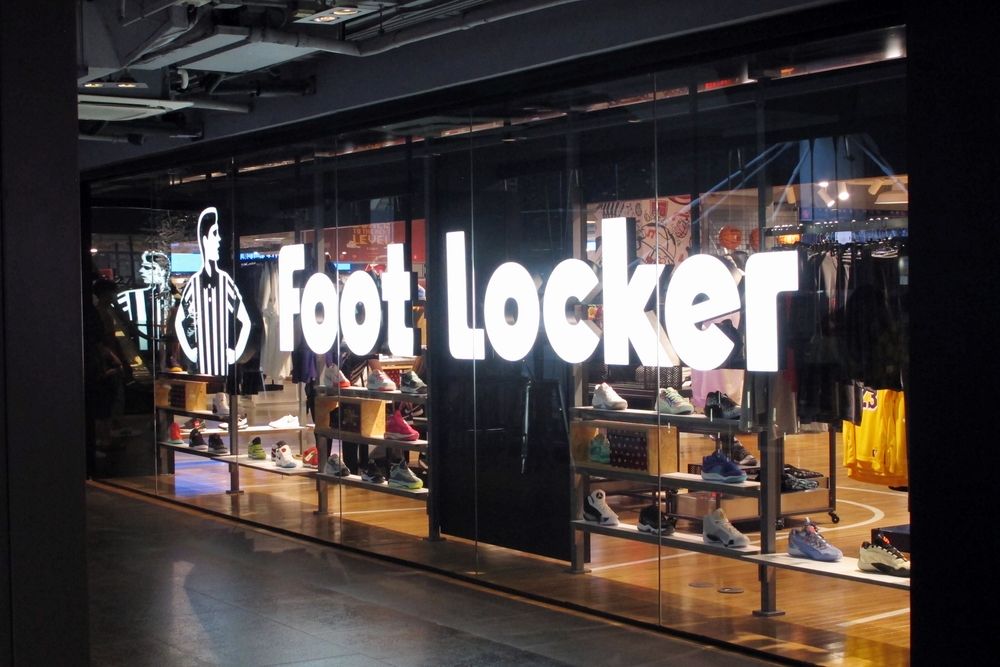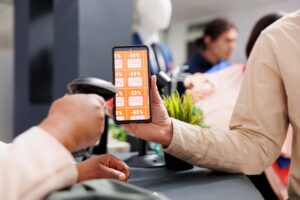A few years ago, Foot Locker’s loyalty program had low customer penetration. The problem, according to Kim Waldmann, Senior Vice President and Global Chief Customer Officer at Foot Locker Inc., lay in the customer journey to sign up for it.
At the time corporate executives assumed the brand wasn’t marketing the program correctly, Waldmann told attendees during a keynote at the CommerceNext conference on June 26 in New York City. So they took the idea to the stores, where they discovered that the customer experience to sign up for the program was clunky. And the store associates knew it.
“I cannot tell you the number of store associates who were like, Kim, it is actually not that easy to sign up for the program,” she said. “There’s a lot of friction in the process, you’ve got to validate it on your own phone; Mall WiFi is terrible.”
Foot Locker listened to these insights and fixed the customer journey, which resulted in a sizeable boost in sales. In Q4 2024, 50% of the brand’s sales are from loyalty program members, up from just 20% one year before.
“The takeaway is you’ve got to have a vision for sure, but making sure that the team is enlisted in the solution is ultimately what’s going to get to the best evidence,” she said.
Conversations About Data Lead to More Insights
To further gain insights from its team members, Foot Locker created a portal for them to provide feedback. This allows the brand to be more creative and agile, she said.
Waldmann, whose retail tenure includes leadership roles at Athleta and Sephora, also advises marketers to continue asking “why” about data insights, such as why a loyalty program has low penetration or why one product is selling more than another. This often means having a conversation and debate about what is actually happening within the data to further uncover insights.
“In our industry we tend to talk about data as if the only data is quantitative—like a spreadsheet has a monopoly on data,” Waldmann said. “But the reality is consumer insights are data, macrotrends are data, what competitors are doing and really being successful with is data. So I try to think, yes, data-driven, but if you define it a little bit more broadly, that allows the art and the science to live more in tandem.”
Expanding Sneaker Culture and Tapping Into Women
Foot Locker’s loyalty program and digging into data will help the brand in its goal to deepen customer relationships. This initiative is a pillar in Foot Locker’s Lace Up Plan, which it introduced in 2023 as a strategy to provide long-term, profitable growth. The plan’s four pillars include expanding sneaker culture, diversifying the brand’s real estate, deepening customer relationships and shoring up the digital experience to match in-store.
Foot Locker has been addressing the first pillar by tapping into one large cohort of shoppers—women. “They’re a big, big segment that historically hasn’t been spoken to as much through the lens of sneakers,” Waldmann said.
To that end, Foot Locker has revamped its marketing in store and online to cater more toward women in the following ways:
- More shelf space for women’s products in store
- Featuring more women’s shoes in its “hot item” trend zone area of its store
- Having more navigation and filters online for women to shop
- Influencer storytelling catered toward women
- Marketing campaigns focused on women’s products and voices
These tweaks have led the women’s category to be the fastest growing category in its portfolio.
Marketing to Gen Z
Marketing focused on younger consumers is always a priority for the brand, as shoppers younger than 34 make up the vast majority of its customers. But the priorities of Gen Z shoppers differ from previous generations’ preferences. For instance, instead of collecting limited-edition sneakers, Gen Z consumers like to wear the sneakers for self-expression.
But even if Gen Z shoppers are not collecting the “must-have” shoe, Foot Locker is still working to drive more purchases out of them, such as with a custom shoe or accessorizing their sneakers with jewelry and adornments.
According to Waldmann, “it’s having all of the options and being able to lean into different looks and styles depending on your mood or what you’re trying to express at that given moment.








